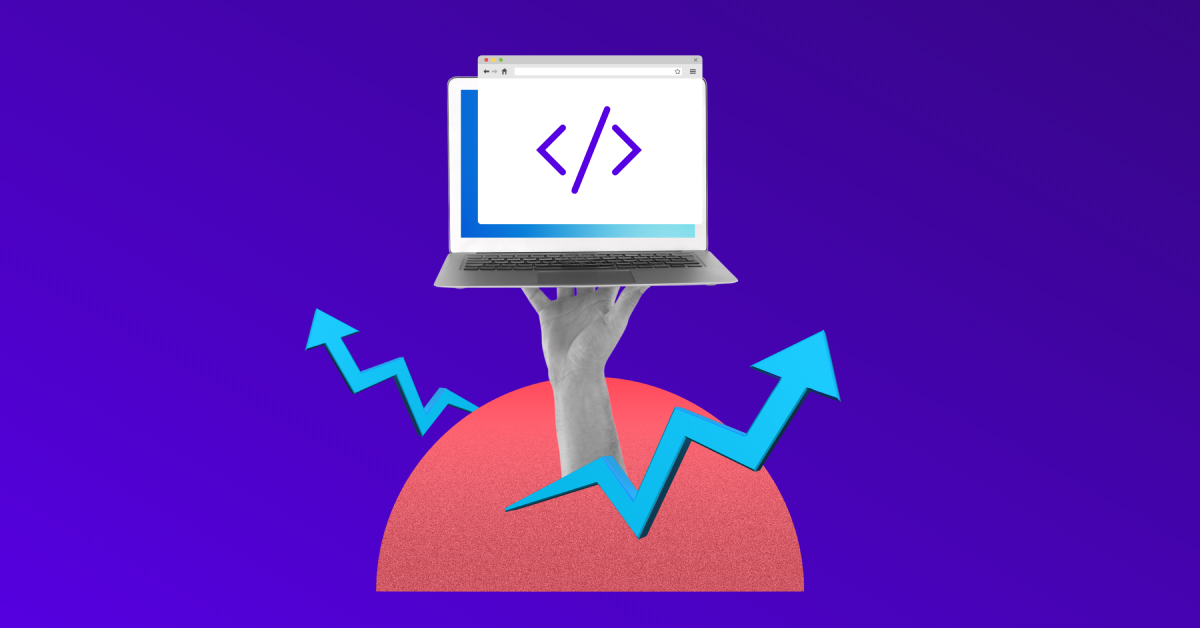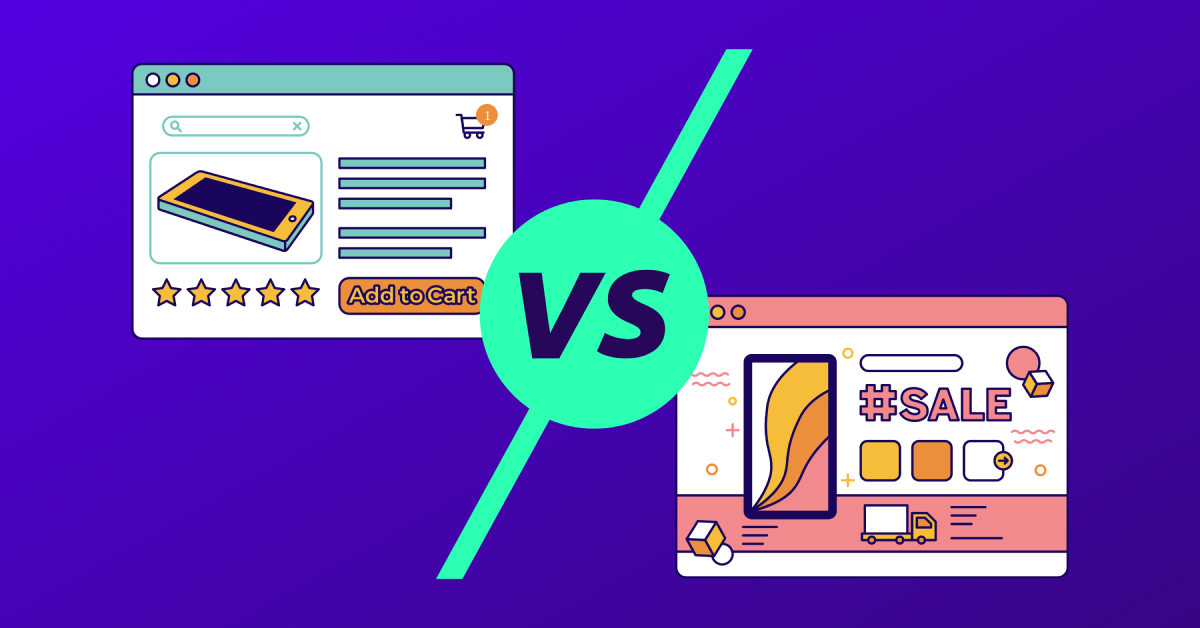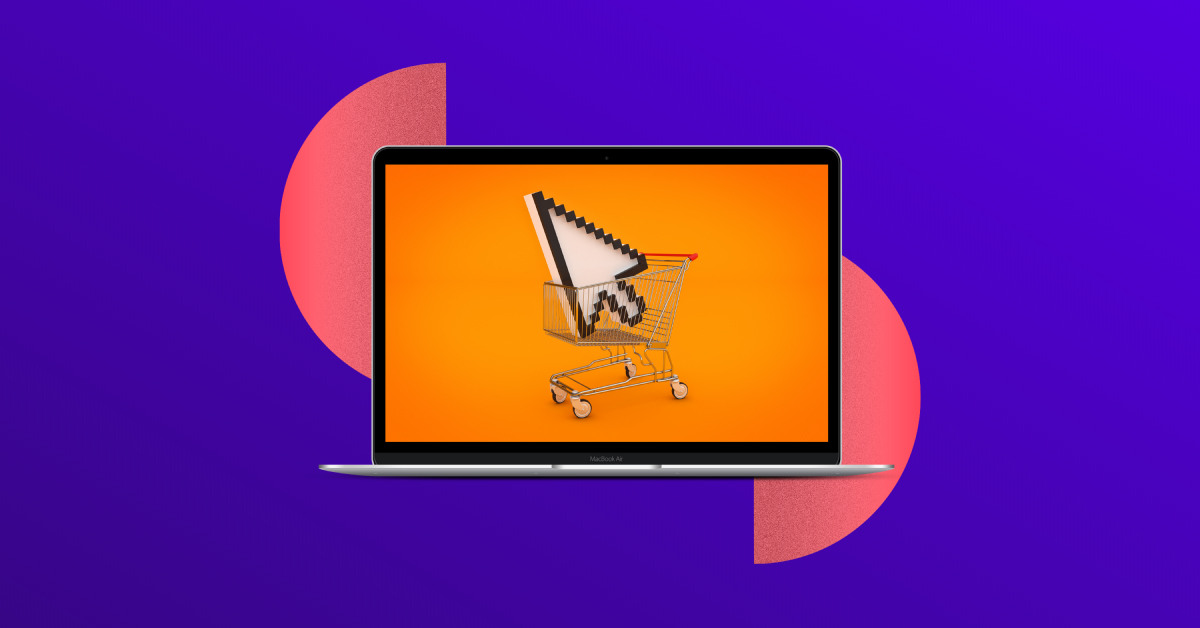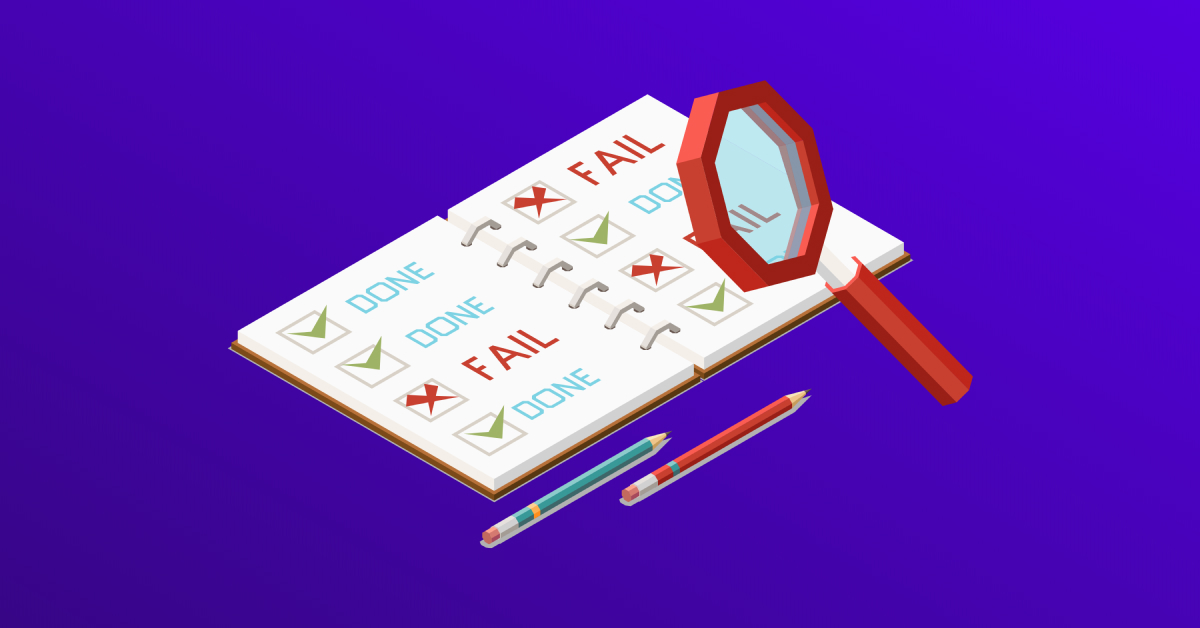Let's play the red pill blue pill game.

Choose the blue pill if you want your ecommerce site as it is. The same design, same content... The same everything. Sure, you're doing well, but you have reached a plateau.
Pick the red pill if you want to change one or two things on your web page. It might take some time, but the changes are a great way of conversion optimization.
I think you'll agree with me when I say... red pill, please!
What we just played is called A/B testing.
And here's a piece of great news... As an ecommerce store owner, you can utilize A/B testing to boost your conversion rates.
As I've said, maybe you're in a bit of a (blue) pill and hit a plateau:
- Your marketing efforts only gave you an average return.
- Your site visitors have not gone down... or went up either.
- Your cart abandonment rate is slowly going up.
- Your conversion rate is nothing to get excited about.
When done well, A/B testing (or split testing) can be the solution to all your problem.
We are going to go over all the different facets of A/B testing. As well as a step-by-step guide for you to do it successfully.
Let's start with...
What Is A/B Testing?

In a nutshell, A/B testing uses two different versions of a component. These versions are tested with random samples to see which one performs better.
The first version would be your control. This is your web page as it is right now.
Your second version is called variation. This would have the changes that contest your control page.
For instance, you created two different versions of your newsletter popup design.
You used bold colors and bold letters on the first one. The second one is more muted and pastel. You'll then show the first version to a target audience. And the other one, you'll show to a different group.
You can then analyze your metrics such as clicks, email leads, etc.
And like I mentioned, it might take a few months to see your testing program results.
But trust me, it's all worth it!
Here are reasons why...
Why Use A/B Testing?

No matter how good your conversion funnel is doing, more conversions and more traffic don't hurt. Another benefit you can have is...
Better Customer Experience
There are particular elements of your ecommerce site you can test. That includes your banners, call-to-action-buttons, and even your fonts and color scheme.
You can change out an element at a time. It will uncover which parts positively affect consumer behavior. And also the negative ones.
So when you include all the positive changes, the better experience your customers will have.
And that translates to...
Decreased Bounce Rate
Of course, you want your customers to stay longer on your online store. The longer they'll stay, the more likely they'll buy more of your product.
And yes, A/B testing will help you pinpoint the best elements. These elements can keep your website visitors keep coming back for more.
Split testing is also an...
Effortless Analysis
Can you imagine how easy it is to compare two things? Unlike a multiple variate test where you have to go through a lot of processes.
A/B testing is pretty straightforward. Yes, split testing is data-driven. But you can easily determine a loser and a winner.
And most importantly, A/B testing...
Boosts Your Conversion Rate
When you use the results of your A/B testing, it greatly optimizes your ecommerce website.
And as you learned, you'll be able to provide a better experience for your customers. Not only can it increase your lead generation... But it can also build their trust in your brand. In turn, you can create a loyal customer out of them.
Having repeat customers can increase your profit margins.
Of course, no testing methods are perfect. Watch out for these challenges you might stumble upon...
What Are The Issues With Split Testing?

Need Website Traffic
Let's face it... your test will not materialize if you have low traffic volume.
For your A/B test to draw insights, you would need a decent amount of site traffic. It's to make sure that your testing methods have statistical significance.
Before running tests, focus first on increasing your traffic.
Another challenge you can go through is...
Need An Extensive Experience
When your test succeeds, your test results need to go through analytics tools.
And the tools you need to use sometimes can be complex. You would need to learn how to use it before you can proceed.
Plus, you would also need to have basic knowledge about web pages. That comprises statistical analysis and graphic design. As well as all the elements that come with your ecommerce business.
But fret not! We will go through the process of split testing.
Don't miss out and keep reading!
What Are The Elements You Can Test?

Your goal with split testing is to remove all of the obstacles your customers can go through. Any of these elements can influence your customer's decision. These are:
Call To Action
This button might be simple, but you can improve your conversion rates through it. You can alter your wording, as well as its location on your landing page. Start with one that you think can improve your conversion rate.
Product Images
Test different types of photos on this particular page. Try out videos, 3D photos, and zoomed ones for your product images. After concurrent tests, focus on the changes in your conversion rates. Particularly your views and clickthrough.
Content Copy
This applies to all parts of your online store. Your email subject lines will let your customers decide if they wanna open or delete it. Test out different writing styles on your email and product category pages.
Social Proof
Try various quotations and images on your testimonials. Use assorted partner logos and reviews on a multivariate test.
Navigation Structure
Check out different navigation menu layouts on your landing pages. Your aim is for them to have better navigation and land on checkout. You can either expose the menu at the top. Or you can also use a drop-down menu.
How many experiments can you do before creating the most optimized version of your ecommerce site? Well, you need to begin with one element. Then, you can slowly test the changes over time.
Let's now move on to...
Step-By-Step Guide On A/B Testing To Improve Conversion Rate
A/B testing is a well-defined process for both your marketing campaign improvement and conversion rate improvement. So, I urge you to do it scientifically and carefully.
Set Your Goals and Metrics

Think of your customers' possible pain points. Then, use it to clearly identify your goals.
Are you going after a better conversion rate? Reduce your cart abandonment rate? What about building a better marketing technique?
To get a better grasp on your goals, you need to do...
Research and Hypothesis
Do thorough research on your competitors. As well as on your own side. Look for patterns and challenges in your online store.
Then, use what you learned and list it out. Then, offer a solution to your problem.
For instance, you receive questions about your shipping info more than ever. Then you noticed that your FAQ page is not that visible on your footer. So, you think that putting it on the top of your site might help your customers better.
Once you have your list...
Choose The Elements You Can A/B Test
Go back to the elements we discussed and choose one. You can start with an element that you think heavily influences your conversion rate.
Yes, you can do multi-page testing. But I highly suggest you begin with a page that has high traffic. For instance, try it out on your homepage first.
Why, you ask?
You can stay away from having decision paralysis. You might have a tough time deciding where to start. But you can organize your process by doing the first part.
Up next, you have to make your variant.
Once you have your elements chosen, create different versions of them. Create one change at a time. You won't have a hard time analyzing the results this way.
Let's now go to the main event, which is...
Run Your A/B Test
There are two ways you can do your A/B testing. Let's go over them individually.
- Server-side testing. You will show your visitors the range of variations you created. Before you send it to their browser, you will change them. The point is that there are no modifications on your customer's browser happening.
- Client-side testing. You will send the same page version to all your visitors. But all the changes will be made in your customer's browser.
Client-side is the more common type that is used. But whatever you use, the process is still the same.
Take Netflix, for example.
Have you ever noticed how the covers for a show are different for every user? The show Rupaul's Drag Race may have different contestants on its cover... Depending on where you live.
Do you see what I mean?
You can send out variation A to the first half of your traffic. Then, variation B for the next half.
Plus, you need to set the time and duration of your conventional multipage testing. You can also decide to use an A/B test calculator. This will depend on your average traffic.
Lastly, keep all the other elements on your website identical. It's to make sure your results are valid.
Once you have your results, go ahead and...
Analyze Your A/B Test Results
Here are a few ways you can analyze your previous tests...
- Use analytic tools. For instance, Google Analytics can give you tons of information. It includes your CTR and your customers' behavioral patterns.
- Conduct surveys. Implement a survey page for your customers. Ask them what problems they might have with your site. As well as what they think about the changes.
- Focus on heatmaps. You can track how long your customers stay on a certain page. Also check out the buttons they click. As well as what page they stay at the most.
And the last thing you need to do is...
Learn From Your A/B Test
After your test, declare the winner variation. You can then deploy it as your optimized version.
But sometimes, you might have inconclusive results. In fact, your conversion rate stayed the same.
In this case, you don't have to worry too much. This can happen sometimes. All you can do is gain insight about it. Use it for your future tests.
Now that you're done with one element test, move on with another one. Repeat the steps with a different variant.
And there you go! That's how you use A/B testing for conversion rate optimization.
So, why not...
Experiment With A/B Testing To Improve Conversion Rate!
You may have noticed... A/B testing has a learning curve.
So don't give up easily!
Take your time to learn each step. Focus your attention on the details of your online store. The improved conversion rate is all worth it.
After all, your goal is to remove your customers' pain points to improve sales.
Do you know another pain point you may have missed?
Your ecommerce store can be slow, out of date... and just plain messy.
Debutify is the answer!
It's not your ordinary theme for Shopify. It's your perfect Profit Optimization Partner.
Did you know that Debutify has 50+ Add-Ons? Not only does it optimize your store's aesthetics... It also boosts your conversion rate, AOV, and profits.
Don't miss out and...
Improve Your Conversion Rates With Debutify Now!
14-Day Free Trial. 1-Click Installation. No Credit Card Required.




